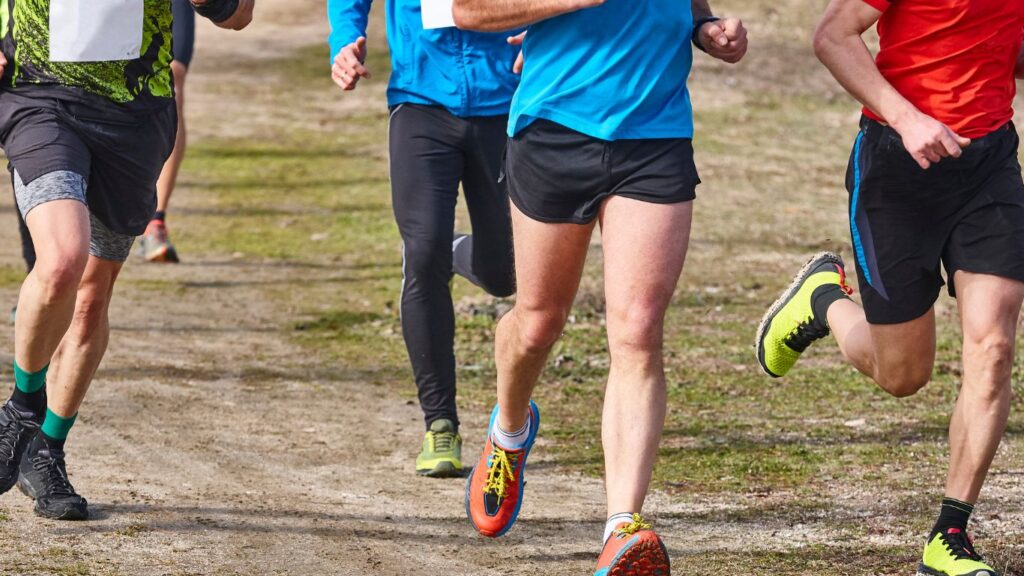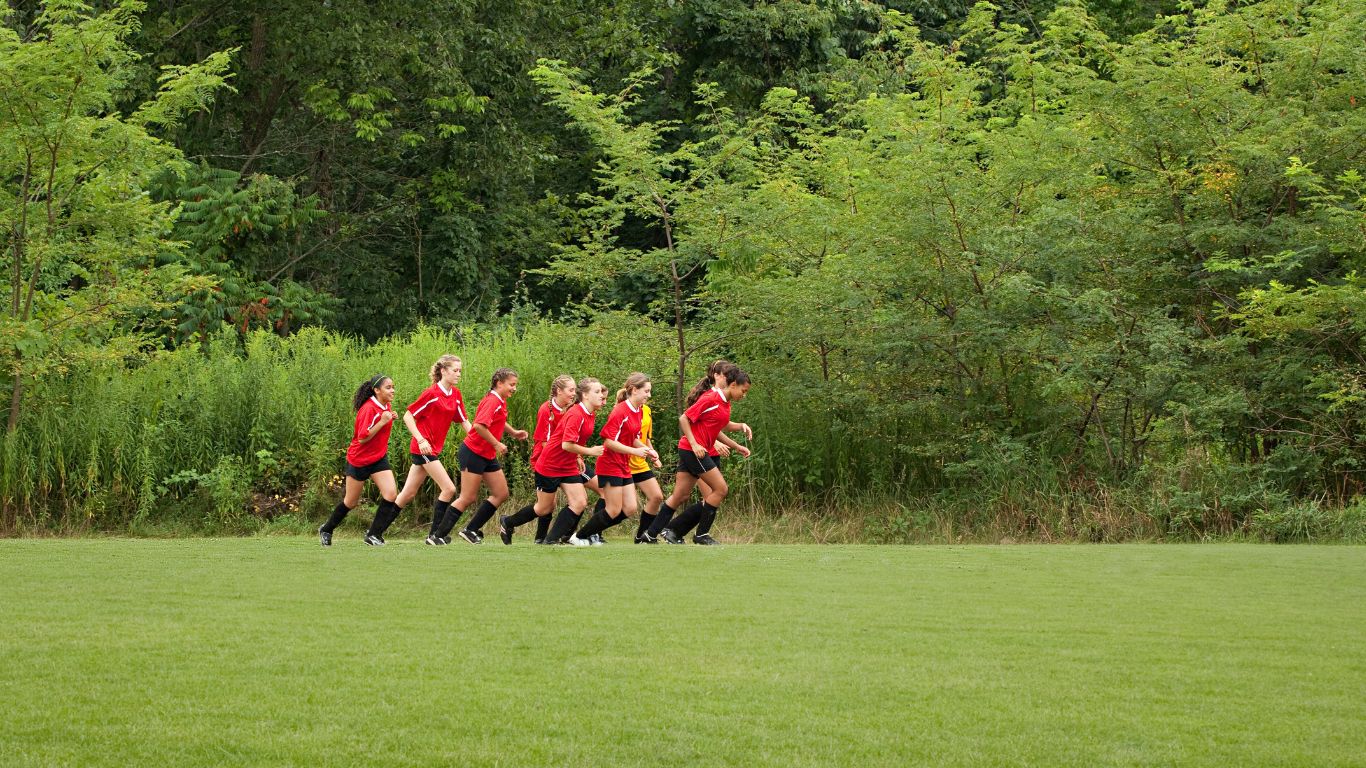Cross-country running is a prevalent and enduring sport that tests an athlete’s endurance and speed over various terrains. Unlike track running, which takes place on a predictable, smooth oval, cross-country challenges runners with a more naturalistic setting. The sport is often associated with cooler seasons, typically autumn or winter.
What is Cross Country?
At its core, cross country is a competitive running discipline where individuals and teams race over outdoor courses. Runners traverse natural landscapes, which may consist of:
- Dirt paths
- Grass meadows
- Mud tracks
- Occasional paved sections
Courses are not only about distance; they’re also about strategy. Athletes must manage their energy while navigating the undulating terrain, including steep hills and sharp bends. The distance of the races commonly ranges from:
- 5 kilometers (3.1 miles) for women
- 8 kilometers (5 miles) for men
In high school and collegiate cross-country competitions.

Scoring in Cross Country
Cross-country scoring is unique as it incorporates individual and team performances. Teams typically score points equivalent to the position in which each runner finishes (i.e., 1 point for 1st place, 2 points for 2nd, etc.).
The team’s score is then calculated by adding together the finishing positions of the top runners (usually the top five) from that team. The team with the lowest score wins, so a team with runners finishing earlier in the race will generally score lower and thus perform better.
Types of Cross-Country Running Events
Cross country varies not only in distance but also in the types of courses. Some notable variations include:
- Trail Cross Country: Running on marked trails through forests or mountainous terrain. These courses can be particularly hilly and rugged, demanding heightened agility and concentration.
- Hill Cross Country: Featuring significant inclines often on grassy slopes, these races test athletes’ strength and endurance, particularly in their legs and cardiovascular stamina.
- Beach Cross Country: Takes advantage of sandy shorelines, providing a different kind of resistance and challenge with typically flatter but more resistant terrain.

Frequently Asked Questions (FAQs)
What is the best way to prepare for a cross-country race?
Preparing for a cross-country race involves endurance training, strength exercises, and familiarity with running on various terrains. Incorporate long-distance runs to build endurance, interval training for speed, and hill workouts to improve strength and agility. Additionally, it’s beneficial to run on similar terrains to those you’ll encounter in your races.
Are cross-country shoes different from regular running shoes?
Yes, cross-country shoes, often spikes, are specifically designed for the sport. They are lighter than standard running shoes and have spikes on the soles to provide extra grip and traction on natural terrains like grass, mud, and dirt paths. Choosing the suitable spikes can significantly affect performance and comfort.
Can cross-country running benefit my overall health?
Absolutely. Cross-country running can improve cardiovascular fitness by building a strong heart and lungs. It also enhances muscular strength, flexibility, and endurance. Additionally, the varied terrain and outdoor setting can benefit mental health by reducing stress and increasing happiness and well-being.
Is cross-country running a team sport or an individual sport?
Cross-country running is unique in that it encompasses both team and individual aspects. While runners compete individually, their finishing positions contribute to their team’s overall score. This dual nature fosters a strong sense of community and teamwork and provides personal achievement goals.
What if I’ve never run cross-country before?
Starting a new sport can be daunting, but cross-country running is accessible for all levels of athletes. Begin with shorter distances, gradually increasing as your endurance improves. Many schools and community clubs offer beginner programs to help new runners get started. The key is consistency and progressively building up your distance and speed.
Conclusion
Cross-country running is a thrilling sport that continues to grow in popularity, attributable in part to the diverse challenges it presents. The unpredictable terrain and varied conditions enhance not only the physical challenge but also the mental strategy involved in the sport. Whether as part of a school team or a community club, cross-country offers a dynamic way to compete, improve one’s running abilities, and enjoy the great outdoors.









